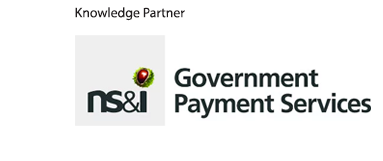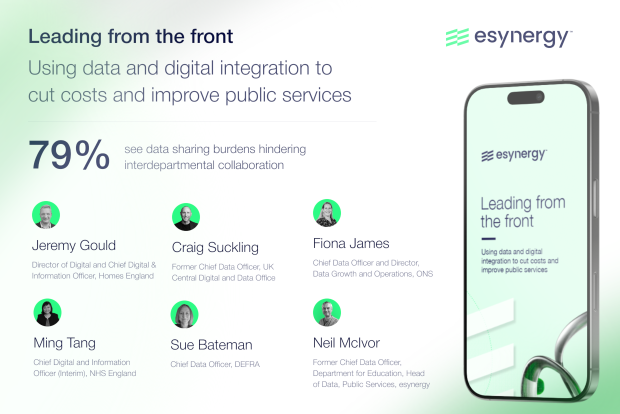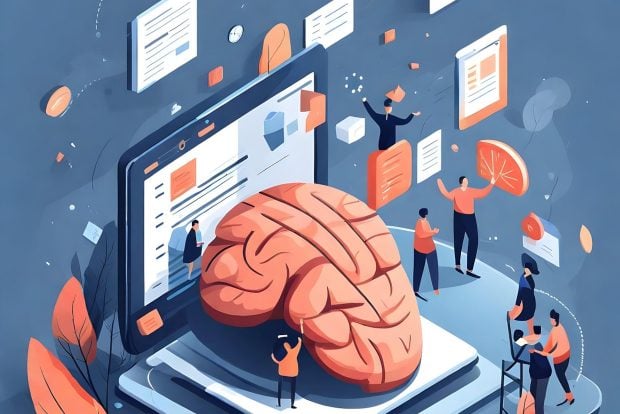Succeeding with government digital services: Lessons from the UK, the US and Iceland

Digitising services is intended to make it easier for citizens to interact with government and complete common tasks. There is still much work to do here and each new digital product, service or iteration creates opportunity for improvement.
During a recent Global Government Forum webinar, supported by knowledge partner Maximus, government leaders discussed their approach to digital transformation and overcoming obstacles. A clear message was that success starts with a relentless focus on the user and requires strong backing from the top.
Christine Bellamy was appointed as CEO of the UK Government Digital Service (GDS) in July, soon after the new government took power and transferred the GDS, the Central Digital and Data Office and the Incubator for AI from the Cabinet Office to the Department for Science, Innovation and Technology.
Bellamy, who was previously the director of GOV.UK, said the new administration meant a “new mandate to think about modern digital government and what it means next for citizens and for civil servants as well. And so there’s a real momentum.”
“The mandate is really important,” she added. “If you don’t have the buy in…it’s very difficult to get things done.”
Bellamy said that while GOV.UK has always focused on trust through user-centric design, this is advancing to be about “transformation to truly proactive services for users”.
This is about “fundamentally changing it from a passive experience to a much more connected experience of government”.
Key to this is expanding the One Login service, which enables citizens to access all government services through a single login. However, Bellamy pointed out that maintaining public trust is just as vital as evolving the services.
“Fundamentally we need to do that by wrestling with this question around trust… we need to make sure that we wrestle with that problem so we don’t lose that trust as we move towards a more proactive experience,” she said.
Raymond Holder, vice president of digital growth at Maximus, echoed this sentiment, noting the importance of usability and security.
“Our focus must be on making government services simple, seamless and secure. When we achieve this, citizens are more likely to return to those services,” he said, noting that this is a clear trend Maximus sees across its roughly 15 million customer contacts each day.
Overcoming obstacles
Despite progress being made, the panellists recognised considerable challenges facing public sector digitisation.
Holder highlighted the impact of the US executive order on transforming federal customer experience and service delivery to rebuild trust in government, which has prompted agencies to reassess service delivery.
“While some agencies have embraced human-centred design, many others are still struggling with legacy systems,” Holder explained.
According to the US Government Accountability Office, 80% of federal IT budgets are consumed by maintaining outdated systems, leaving only 20% for innovation.
Vigdís Jóhansdóttir, chief marketing officer for Digital Iceland, said that in Iceland, commitment by the government to digital transformation with sponsorship from the top has been key.
“(The) Icelandic government was unified that they were going to move towards digital… we have the mission, mandate and funding,” she said. However, she also acknowledged that even with this in place, the journey still requires ongoing effort and adaptation to overcome resistance and build confidence among users.
GSA’s modernisation initiatives
Jessie Posilkin, acting executive director of the Technology Modernization Fund (TMF) at the US General Services Administration (GSA), explained how the TMF invests in projects that address both technology and mission delivery.
“If we invest in projects that still can only get operations and maintenance money, we are only continuing to replicate the same exact problems that exist,” she warned.
Posilikin said that the GSA is uniquely positioned to guide agencies and Congress in rethinking their investment strategies, thanks to the TMF. Operating within the framework of government, yet distinct from Congress, the GSA can invest in projects across the federal landscape. This vantage point enables them to clearly see the challenges Holder described regarding the funding of legacy systems, for example.
Read more: Exclusive research sets out how the next US administration can lead on digital service delivery
Best practices for digital transformation
As the discussion shifted towards strategies for effective digital transformation, the panellists shared practical advice. Holder argued that governments must focus on outcomes.
“If you focus on those areas that have the most impact, that impact is what is going to drive approval of the budget,” he noted.
Jóhansdóttir agreed that it’s important to begin with digitising services that will have a clear impact for citizens to demonstrate the benefits.
For instance, Iceland made parental leave applications fully digital, co-ordinating all the necessary parties, automating calculations and removing what used to be a lot of paperwork. Digital drivers’ licences have become the preferred choice for many Icelanders, said Jóhansdóttir – so much so that the physical copies sometimes pile up at government offices because people don’t feel the need to collect them.
She urged a “show and tell” approach that focuses on early wins. In addition, overcoming potential resistance from agencies requires trust-building, education and clear communication.
As the webinar concluded, the panellists underscored the importance of a balanced approach to digitisation, where innovation, transparency and user experience are prioritised.
By working collaboratively to overcome challenges and build trust, government agencies can pave the way for a more effective and citizen-centred digital future.





















